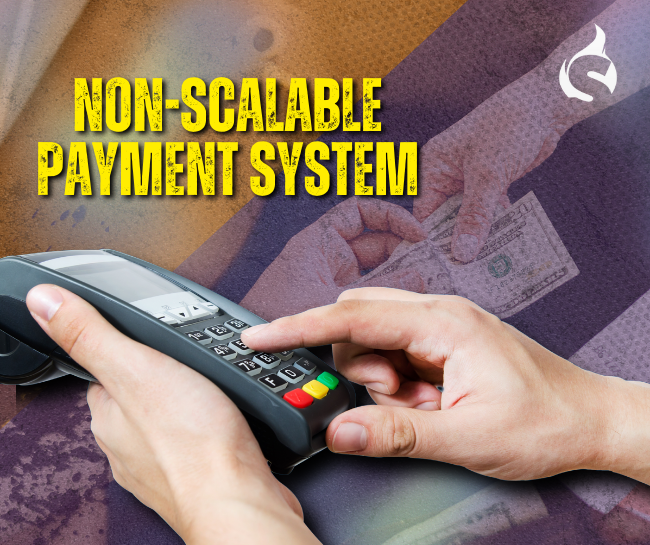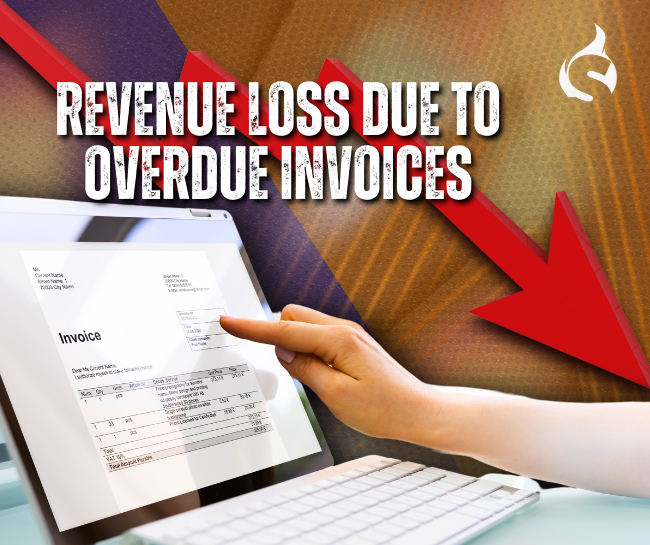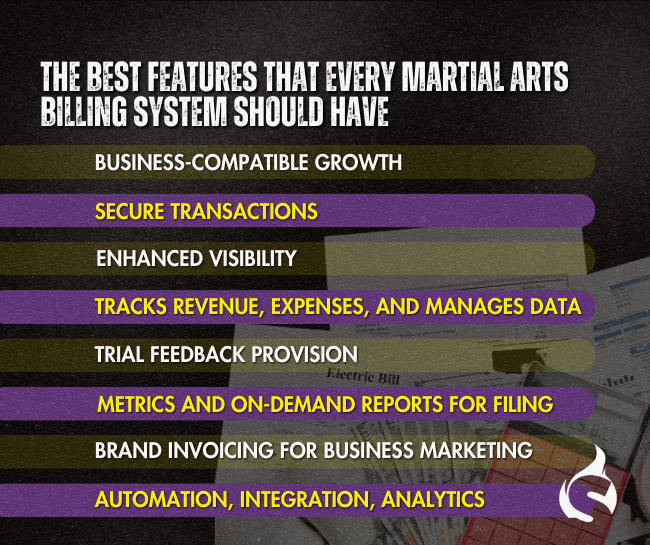
One of the biggest challenges when starting your business is figuring out the logistics of payment. After setting up the business and getting ready to receive members and clients through your efforts, billing becomes an important factor. After all, the basic definition of a business is a service provided, a paying customer, and a place to transact. Your clients will want to pay in several different ways, and you must be ready to accept this payment if you’d like to run a successful business. In this article, we will explore the most common mistakes and issues that can occur during the setup of your billing process, and ultimately, the solution.
Martial Arts Billing: Common Obstacles
Although most businesses will have to put in the effort to find a great payment solution, some are unique just to the martial arts space. Below are some common challenges the gym owner faces with transacting and setup:
- Building a payment infrastructure that doesn’t scale with the business

Martial arts schools are subscription-based services, with few people electing to pay lump sum yearly payments. This means that the payment solution needs to scale with your member base, be fast to receive payment, and must ensure the proper information is inputted to remain compliant for both you and the client. As you grow, a certain tiered solution should be available to the client, and great billing solution software can make this process easier.
- Loss of revenue from overdue invoices

It is one thing entirely when an irate customer refuses to pay, but more commonly, unpaid invoices are unintended by the client. Common issues include credit card declines, incorrect information, or forgetful clients. The best solution is a system that sends out reminder notices, incorporates backup payments, and a process called dunning, which re-tries the payment system and sends further notice to the client if payment is unsuccessful.
- Lack of scrutinizing data to maximize revenues

Especially in the beginning stages, the importance of having a regular cadence of the invoice metrics is often overlooked. Some chief metrics, such as growth efficiency, churn, profit margins, and retention rates are great insights into developing your business. It helps to answer questions such as: am I profitable? Which service brings in the most money? How is my growth this quarter? Are the free trials and promotions effective? Answering these questions can be extremely difficult with an in-house solution.
- Changes in complexity and error

When onboarding your first few clients on a basic package, it can be difficult to ascertain why a complete solution is needed. The issues come with the continued growth in your business, and more importantly, the tiered plans and unique customer situations that can arise. There is no blanket solution to this. A payment system must not only be flexible but also provide opportunities for further business. Key features, such as consolidation, transparent charge information, and invoice branding are overlooked, but provide a great opportunity to both get paid and advertise your business.
- No automation or integration

A traditional or in-house billing solution usually only focuses on the finances. While this may seem like a very simple and straightforward thing, an invoice is rarely just about money. Gym owners wear different hats, and require different, even specialized teams, to run their school(s). For example, sales teams must have access to invoices to review upsells, discounts, and referral packages. Customer services need this information as well to adjust for errors. Automation also upgrades your professional image, as customers are more likely to transact in a place of authority where they feel safe.
The Best Features That Every Martial Arts Billing System Should Have

Now that the obstacles have been discussed, let’s take a look at what a great Martial arts billing system should include. This list is not exhaustive.
- Compatibility and growth with your business
- Secure transaction spaces
- Enhanced Visibility
- Tracks revenue and expenses, and provides an effective data management screen
- Provide feedback on trials and promotions
- provides metrics and on-demand reports to help with filing and review
- Market your business with brand invoicing
- automation, integration, and analytics
With the above in mind, the billing system should also not be separate from your business. A proper member management software has these billing features included, but also keeps track of your sales, contact, scheduling, staff, and overall management of your school. Spark Membership provides full-service member and school management software that includes all these features and is the best on the market for being a one-stop solution. You can give it a try today for just 1$.